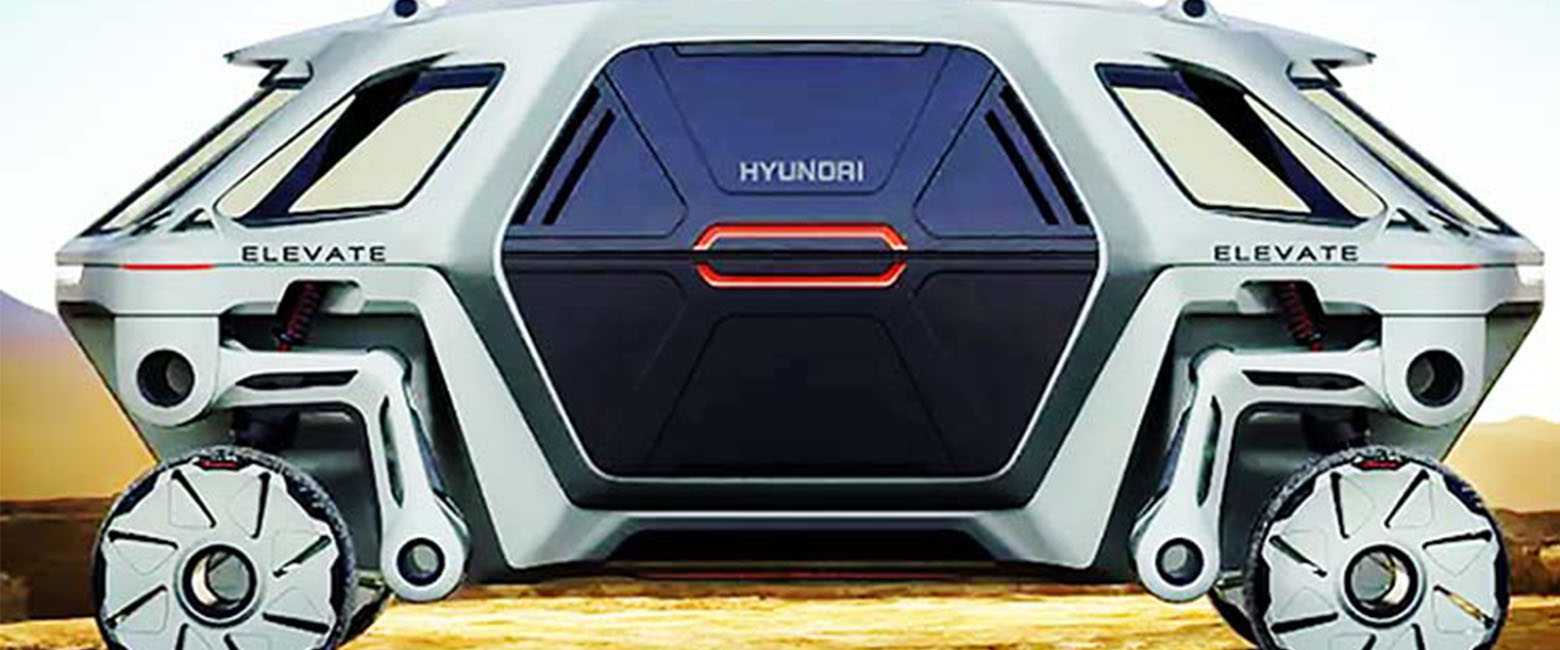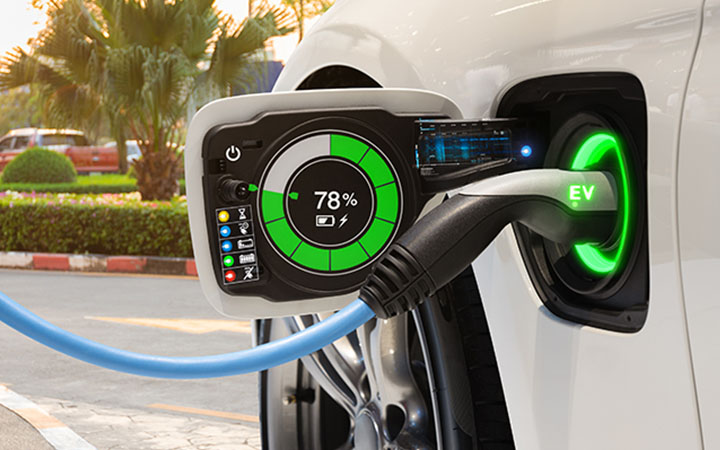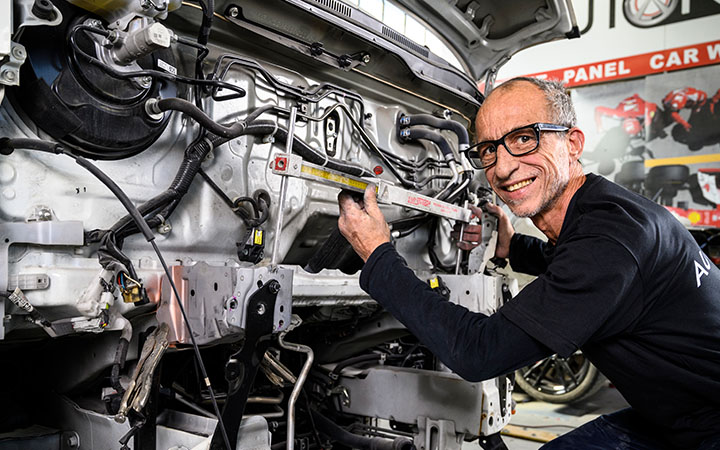The futuristic looking Hyundai Elevate concept made its debut at the recent 2019 Consumer Electronics Show (CES) in Las Vegas.
The Elevate looks like it would be more at home on a distant planet rather than here on Earth. The vehicle was born out of a need for mobility. In a disaster situation, such as an earthquake or tsunami, first responders are often only able to get to the edge of the debris field using conventional cars and trucks, with the rest of journey completed on foot. This impacts greatly on time needed to save those who are most in need.
The Hyundai Elevate concept, dubbed an "ultimate mobility vehicle", is designed to navigate these limitations. With its mobile “legs”, the Elevate can traverse ground even the most capable four-wheel drive would fail at. When it is set to “walking” mode, the Elevate can move its legs with five degrees of freedom. With this range of motion, the Elevate can imitate the walking gate of mammals or reptiles and has the ability to walk in all directions.
Hyundai says the Elevate can climb over 1.5m-high walls, or step over a 1.5m-wide gap, while also keeping its body and passengers completely level while doing so.
Not only limited to disaster situations, the Hyundai Elevate uses a modular EV platform which means it can be fitted with different bodies for various needs and situations. One of the more useful applications would be as the ultimate wheelchair friendly taxi. The Elevate can also operate as a regular vehicle. When it is engaged in “driving” mode, the legs are folded up and locked in place under the EV platform. Once locked in place, the Elevate can be driven like a regular car by hub motors located in each wheel.
By combining the power of robotics with Hyundai's latest electronic technology, Elevate has the ability to take people where no car has been before.


